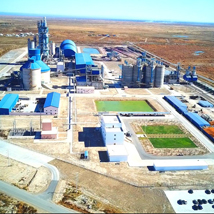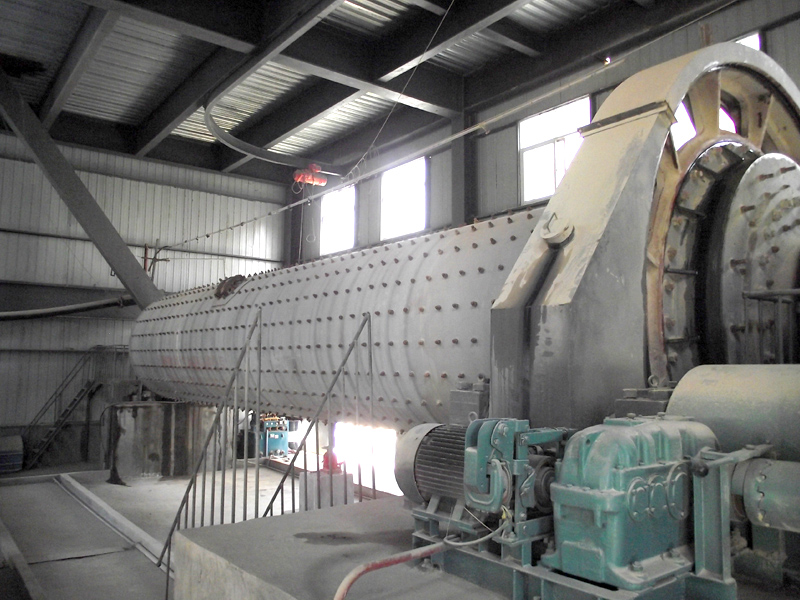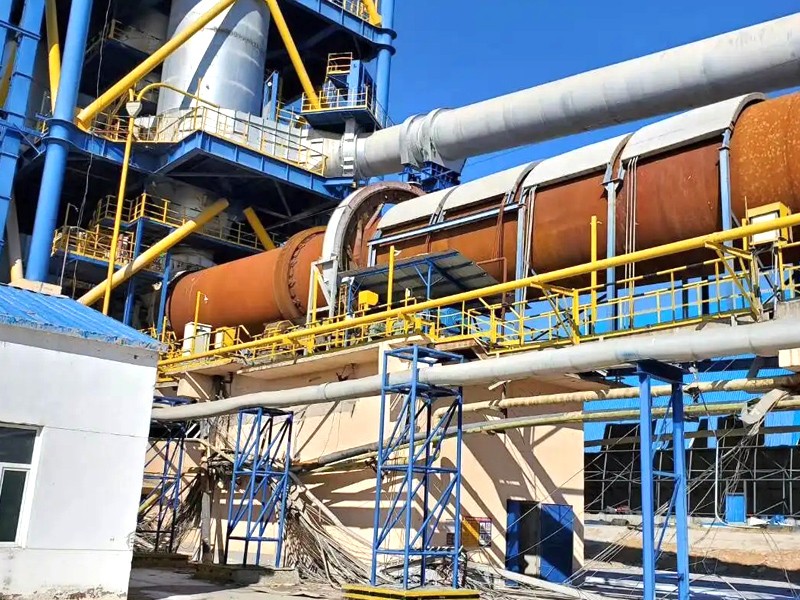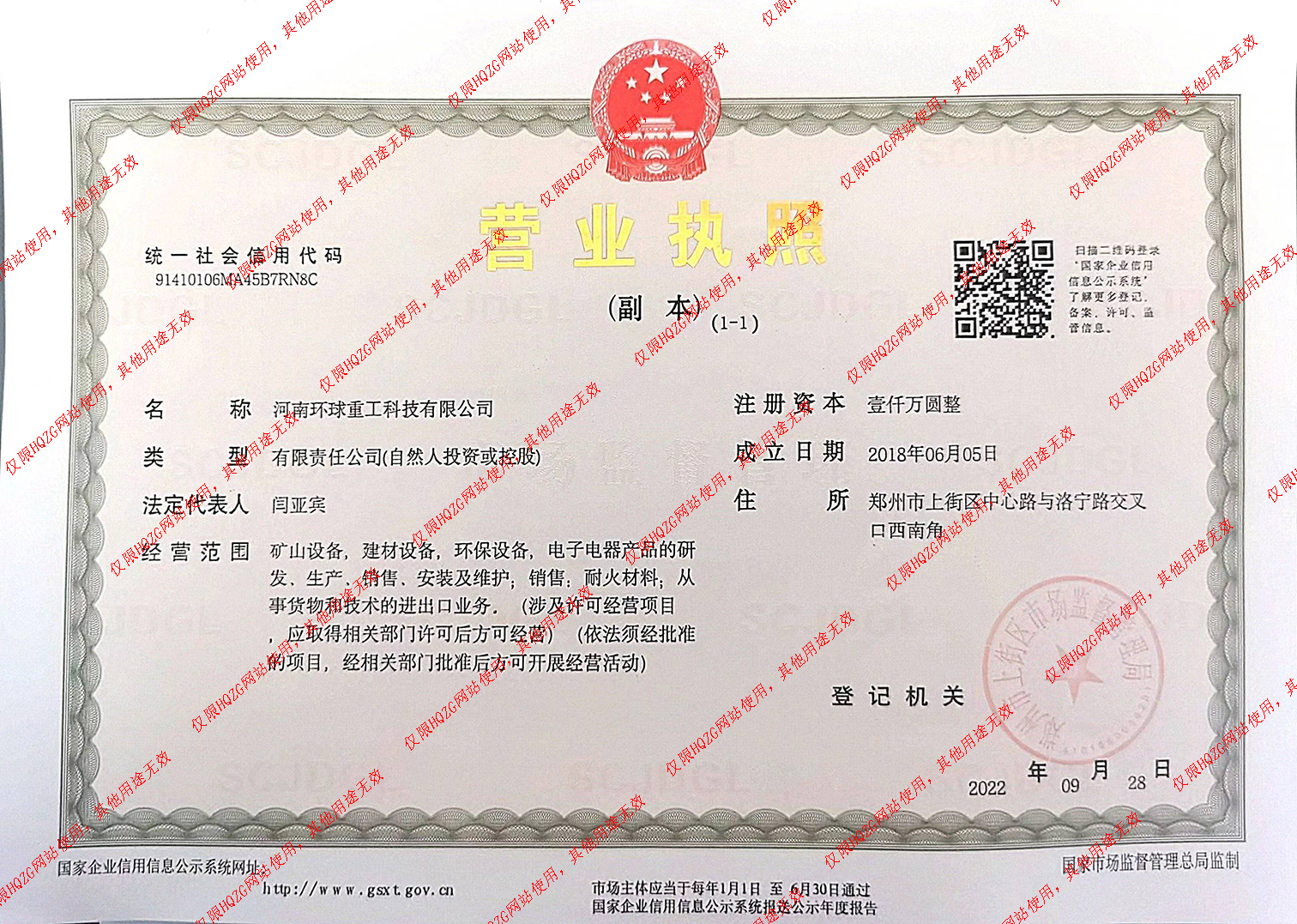Popular searched products:

In the daily operation of rotary kilns, ringing and egging are common production challenges. These problems not only affect production efficiency and product quality, but also increase maintenance costs and energy consumption. So, what are the causes of ringing and egging in rotary kilns? Is there an effective solution? This article will answer them one by one from a professional perspective.
What is egging/agglomeration in rotary kilns?
During the calcination process of rotary kilns, a rather tricky phenomenon sometimes occurs - "egg formation". This does not mean that the clinker turns into eggs, but is a figurative metaphor used to describe that the powder materials stick to each other for some reason during the calcination process, forming lumps that are larger than normal clinker particles.
This "egg formation" phenomenon not only reduces the operating efficiency of the rotary kiln, because the movement of large pieces of material in the kiln is not as smooth as that of small particles, but also puts an additional burden on the equipment and may even cause equipment failure. It can be imagined that these large pieces of material rolling in the kiln are like huge "cakes" dancing, clumping and may collide with other small particles.
In order to avoid this "cake war" in production, we need to take a series of measures. First, the reasons for the "egg-forming" phenomenon may be related to factors such as raw material composition, calcination temperature, and atmosphere control. Secondly, optimize the calcination process to ensure that the powder is evenly distributed in the kiln to reduce the chance of sticking. In addition, regular maintenance and inspection of the equipment are required to ensure that it operates in the best condition.
In short, the "egg-forming" phenomenon of the rotary kiln is an issue that needs to be paid great attention to. Only by deeply understanding its causes and taking effective prevention and solution measures can the stable operation of the rotary kiln be ensured, so that every link in the production process is as smooth as silk.
Related Reading
Product show
Product



 Source:
Source: Time:2025/03/06 10:50:21
Time:2025/03/06 10:50:21




